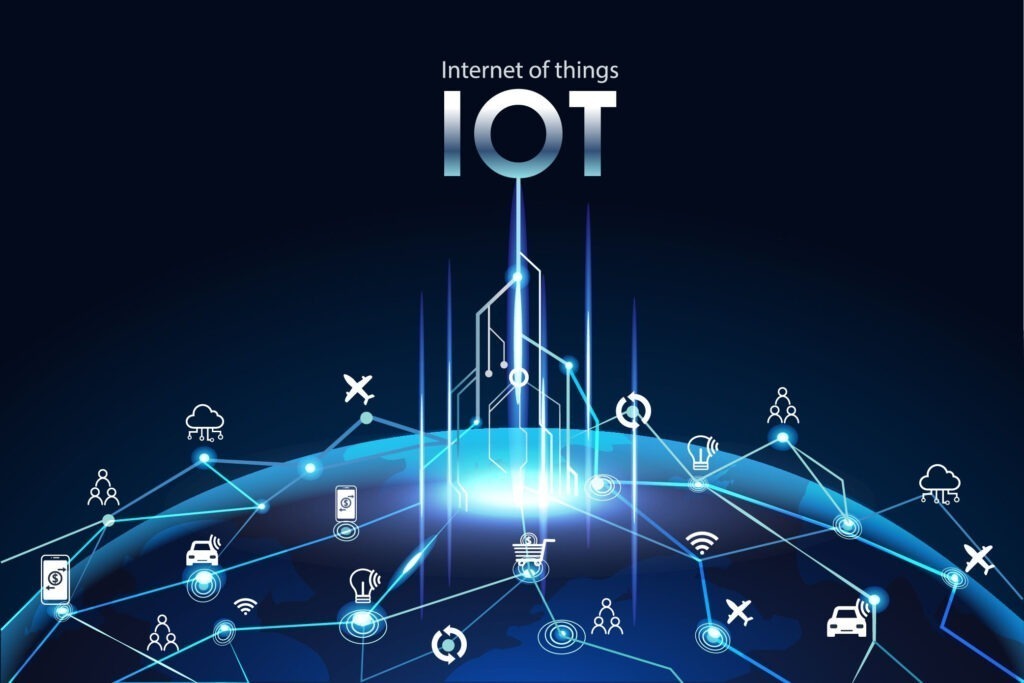The Internet of Things (IoT) is connecting a vast network of devices, from smart homes to industrial machinery. With billions of devices sending and receiving data, there is a growing need for a more efficient and scalable way to process all this information. This is where edge computing comes in.
What is edge computing? Edge computing is a decentralized computing architecture that processes data at the edge of a network, closer to the source of the data. Instead of sending all data to a central location for processing, edge computing allows for real-time analysis and decision-making at the point of origin.
Advantages of edge computing: Edge computing offers several advantages over traditional centralized computing architectures. By processing data closer to the source, edge computing reduces the amount of data that needs to be transmitted, lowering latency and improving response times. This is particularly important for time-sensitive applications, such as autonomous vehicles and industrial control systems.
In addition, edge computing enables more efficient use of network resources, as data can be processed and analyzed before being transmitted. This also helps reduce the burden on central servers, improving the overall reliability and scalability of IoT systems.
Use cases for edge computing: Edge computing has a wide range of applications in the IoT, including smart homes, industrial control systems, and wearable devices. For example, in a smart home, edge computing can be used to process data from sensors and control devices in real-time, without the need for a central server. This enables faster and more responsive control of devices, such as lights, thermostats, and security systems.
In conclusion, edge computing is becoming an increasingly important part of the IoT landscape, offering a more efficient and scalable way to process the vast amounts of data generated by connected devices. As IoT continues to grow, edge computing will play a crucial role in enabling real-time analysis and decision-making at the edge of the network.



.png)


